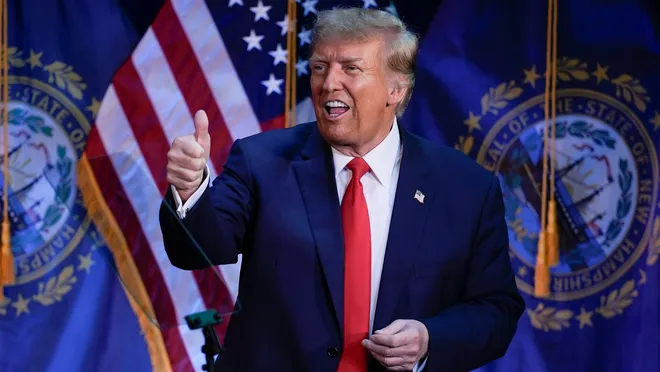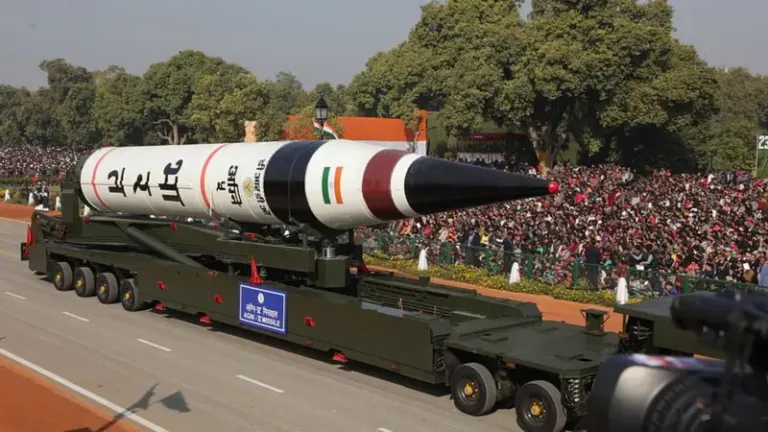Trump Doubles Down: India Hit with Shock 50% Tariff – India Fires Back!
In a move that has rattled global markets and shaken diplomatic ties, U.S. President Donald Trump has announced a sweeping 50% tariff on Indian imports. The decision, made through a new executive order, doubles down on an earlier 25% tariff and marks one of the harshest trade actions ever taken by the U.S. against India.
The White House has justified the steep tariff by citing India’s continued purchase and resale of Russian crude oil. The administration argues that India’s actions are undermining American sanctions and indirectly supporting adversarial regimes.
India’s Firm Rebuttal: “Unfair, Unjustified, Unreasonable”
India has hit back strongly, labelling the tariff hike as “unfair, unjustified, and unreasonable.” Officials stressed that India’s oil purchases are driven by its national energy needs and global market realities. The government stated that punishing India for ensuring energy security for its population is unacceptable and discriminatory.
India has also indicated that it is considering all available options—diplomatic, legal, and economic—to respond effectively to the move.
Domestic Political Uproar in India
Back home, the tariff escalation has sparked fierce political backlash. Opposition leaders have accused the central government of failing to safeguard India’s trade interests and mishandling its relationship with the United States. The sentiment across political lines is that India must respond firmly to what many are calling “economic bullying.”
Market Shock and Industry Concerns
Indian markets reacted sharply to the announcement. The rupee slipped, stock indices dropped, and export-driven industries were left scrambling. Key sectors like textiles, pharmaceuticals, and agriculture—which rely heavily on access to the U.S. market—are expected to face severe disruptions. Exporters have warned of potential layoffs, order cancellations, and production slowdowns in the coming months.
Breakdown of Trade Talks
Just weeks ago, trade negotiations between India and the U.S. were showing signs of progress. However, those talks have now completely broken down. Sources indicate that differences over oil imports, agricultural access, and tariff structures led to the collapse. The U.S. is now reportedly seeking more unilateral trade advantages, while India maintains it will not compromise on its sovereign policy decisions.
India’s Next Steps: Retaliation and Resistance
India is exploring countermeasures, including retaliatory tariffs on American goods, filing a formal complaint with the World Trade Organization, and reviewing bilateral trade agreements. Diplomats are also pushing for international support against what is seen as a violation of global trade norms.
Despite the pressure, Indian leaders have reaffirmed their commitment to protecting national interest and resisting external coercion. There are calls to diversify export markets, strengthen self-reliance, and reduce dependence on volatile partnerships.
The Bigger Picture
This tariff war marks a new low in India-U.S. relations and could have long-term consequences on strategic cooperation, trade growth, and regional stability. While Trump’s move may play well to his domestic voter base, it risks alienating a key partner in South Asia.
With both sides digging in and global markets watching closely, the coming weeks will be critical in determining whether this standoff spirals into a full-blown trade war—or gives way to a diplomatic reset.
Conclusion:
Trump’s surprise tariff escalation has jolted India and sparked a wave of resistance. The message from New Delhi is clear: India won’t bow down to pressure, and it’s ready to defend its economic sovereignty at any cost.






